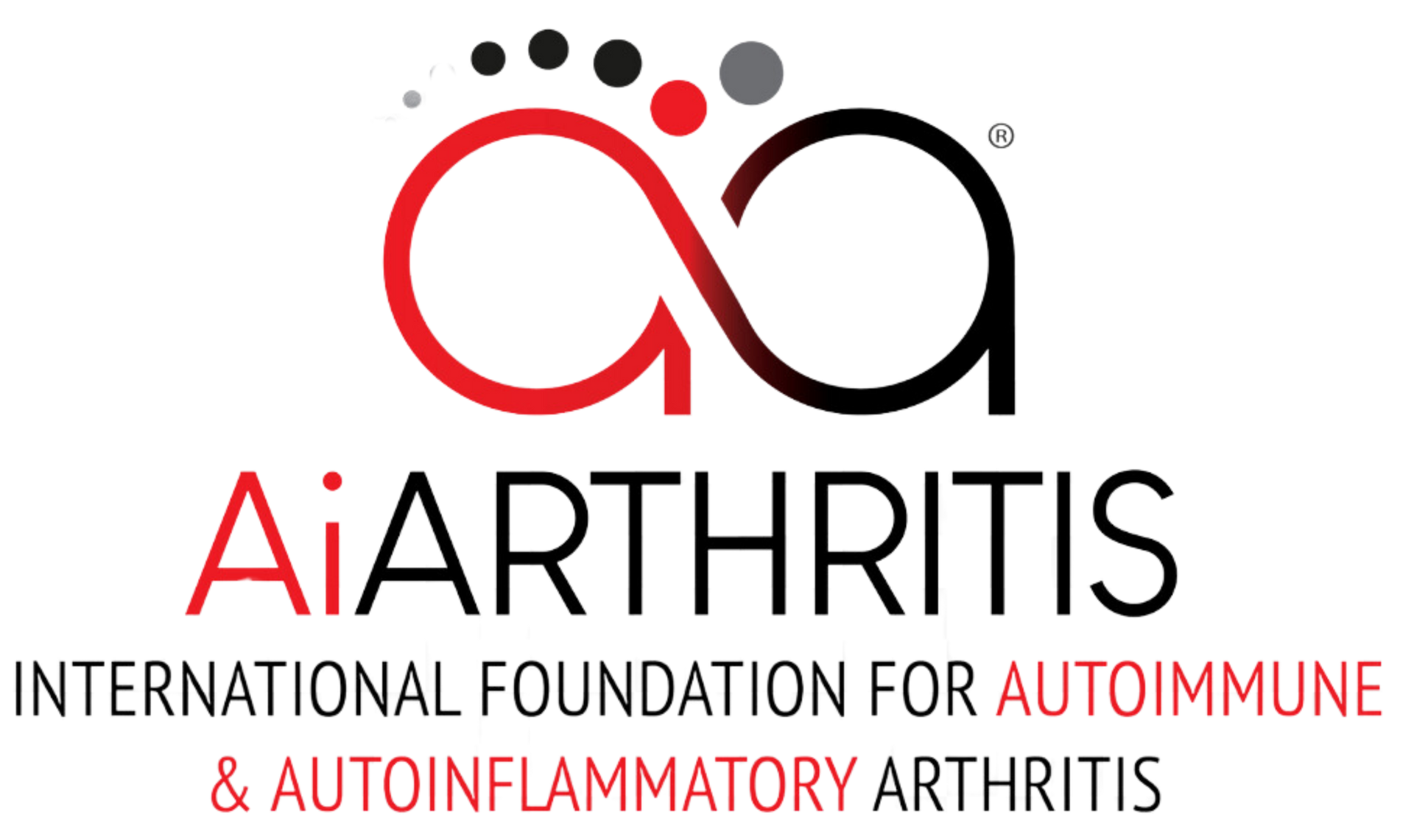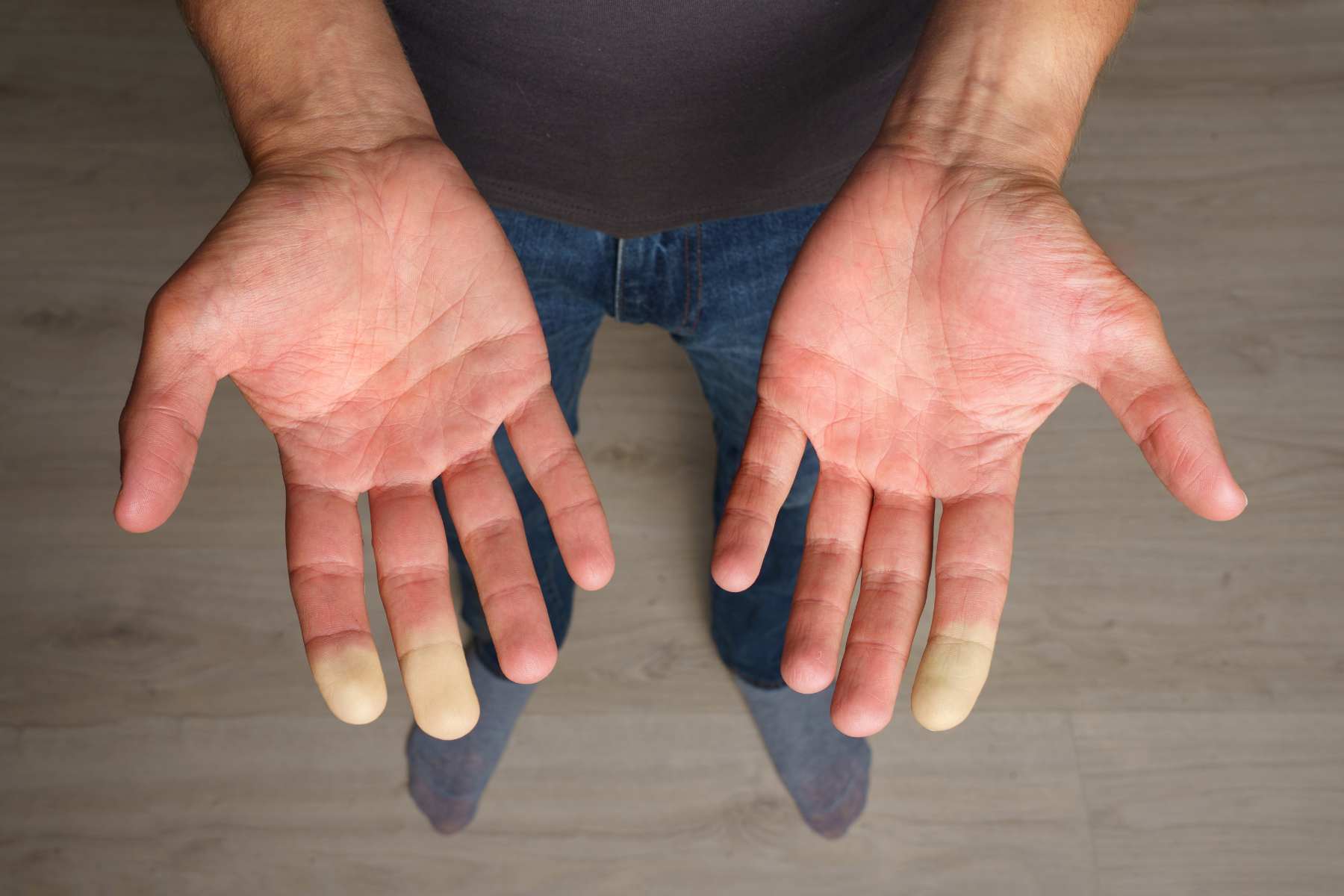Mixed Connective Tissue Disease (MCTD)
AiArthritis defines Mixed Connective Tissue Disease (MCTD) as:
MCTD is a rare autoimmune disorder where patients have features of more than one rheumatic disease, such as lupus, scleroderma, and polymyositis. It is identified by the presence of anti-U1-ribonucleoprotein (anti-RNP) antibodies in the blood.
Symptoms & Characteristics
Common in All AiArthritis Diseases
Flares: Periods of worsening symptoms are called flares. A flare can last for hours, days, weeks, or months.
Physical Activity: Condition improves with activity and exercise and worsens with rest.
Comorbidities: When inflammation is left uncontrolled due to lack of proper treatment, comorbidities can develop. 70% of patients with chronic, lifelong disease will develop comorbidities, including dual or triple diagnoses.
Family History:
Autoimmune diseases often run in families, indicating a potential genetic predisposition where that gene can cause disease. Autoinflammatory diseases can occur multiple times in a family, but is based off of genetic mutation. It is not a gene that causes the disease— but a mutation on the gene that can cause the disease which can then be passed on to the next generation.
"Auto" Symptoms
Fatigue: Severe fatigue or exhaustion that may not be helped by caffeine/stimulants and can happen even after a long period of rest.
Cognitive Dysfunction: Brain fog or periods of time where thinking gets clouded and it becomes difficult to concentrate.
Flu-like symptoms: Without having the flu- nausea, muscle weakness, and general malaise.
Fever: Typically low grade in autoimmune (with exception of juvenile idiopathic arthritis) and higher grade in autoinflammatory (% strongly varies per disease).
Reference: Early Symptoms of AiArthritis Study, AiArthritis, 2019.
Inflammatory Arthritis Symptoms
Stiffness: Severe stiffness in one or more joints, especially in the morning or after sitting for long periods of time.
Joint Pain: Episodes of joint pain that may last for hours, days, or even weeks, that can appear and disappear suddenly. Often described as “jumping pain” into different locations.
Typically the joint pain will coincide with one or more “Auto” symptoms and start and stop suddenly - for no apparent reason (which is called a "flare"). Some people will experience all of the above symptoms, others only a few.
If you have any of the arthritis features, and at least one of the “Auto” features, please consult your physician about a referral to a specialist.
Symptoms Often Associated with Mixed Connective Tissue Disease
- Raynaud’s Phenomenon: Fingers and toes turn white or blue in response to cold or stress
- Difficulty swallowing
- Hair loss
- Lung involvement (shortness of breath)
- Lupus-like skin inflammation in areas exposed to the sun
- Associated with Lupus, Scleroderma and Sjögren’s disease
Diagnosing Mixed Connective Tissue Disease
There’s no single test that can confirm a mixed connective tissue disease (MCTD) diagnosis, so rheumatologists rely on a combination of physical exams, blood tests, and family history of autoimmune diseases. Blood tests specifically focus on detecting anti-U1-ribonucleoprotein (anti-U1-RNP) antibodies, which is a hallmark finding in MCTD, as well as antinuclear antibodies (ANA), which are common in many autoimmune and autoinflammatory diseases. MCTD often presents with overlapping symptoms of lupus, systemic sclerosis, and polymyositis.
The Alarcón-Segovia diagnostic criteria may also be used to aid in diagnosis. This requires a high titer of anti-U1-RNP antibodies (greater than 1:1600) and the presence of three or more of the following clinical manifestations:
Raynaud phenomenon
Hand edema
Synovitis
Histologically proven myositis
Acrosclerosis
These criteria help to differentiate MCTD from other similar autoimmune conditions. While there are no specific ACR or EULAR guidelines exclusively for MCTD, these organizations emphasize the importance of identifying overlapping features with other connective tissue diseases to ensure accurate diagnosis and proper treatment.
Mixed Connective Tissue Disease Treatment Options
Treatment OptionsTreatments are tailored to each individual's disease, but visit our Treatment Options page to learn more about the different types of treatments that are used for Mixed Connective Tissue Disease.
What Fellow Mixed Connective Tissue DiseasePatients Want You to Know
Submit YOUR AdviceWe need YOUR advice! Fill out this form to give peer advice to those with your disease.
Interesting Facts about Mixed Connective Tissue Disease
- MCTD was first described in 1972 by Dr. Gordon Sharp, who identified a specific autoantibody, anti-U1 RNP, found in patients with overlapping features of lupus, scleroderma, and myositis. The name reflects its nature as a mixture of multiple connective tissue diseases.
- It is very likely that MCTD develops into SLE (Lupus) or Scleroderma (Systemic Sclerosis)
- MCTD is often referred to as an "overlap syndrome"
Mixed Connective Tissue Disease Awareness Days/Months
- World Autoimmune and Autoinflammatory Arthritis Day - May 20th
- Rare Disease Day - February 29th (28th)
- Autoimmune Awareness Month - March
- Rheumatic Disease Awareness Month - September
- Pain Awareness Month - September
- Chronic Disease Awareness Day - July 10th
- Invisible Disabilities Week - 3rd full week of October
Other Mixed Connective Tissue Disease Resources
In an effort to ensure this page has the most accurate and up-to-date information, this page is currently awaiting medical review. Some information is subject to change.
Page Last Updated: 10/31/2024




